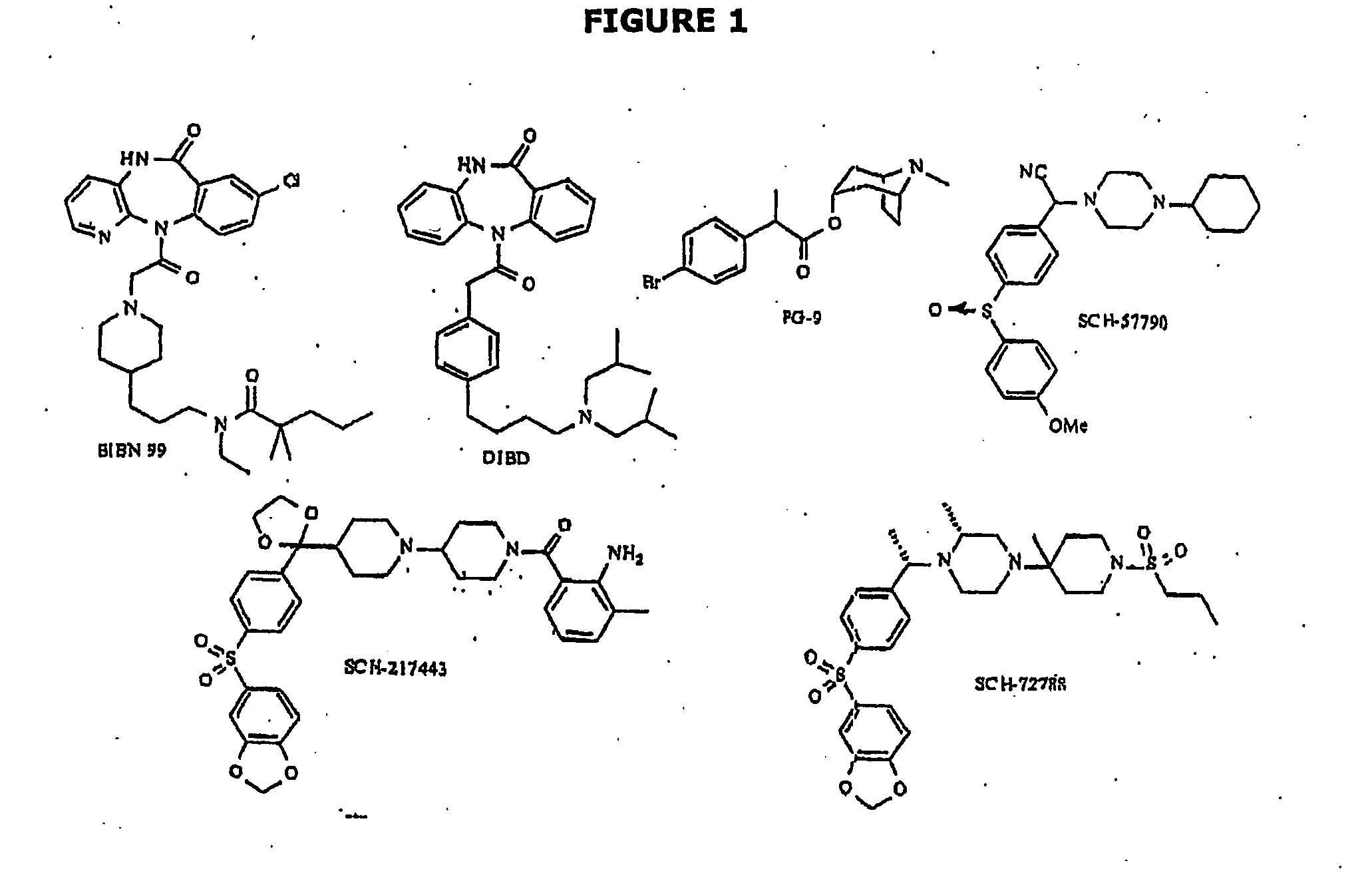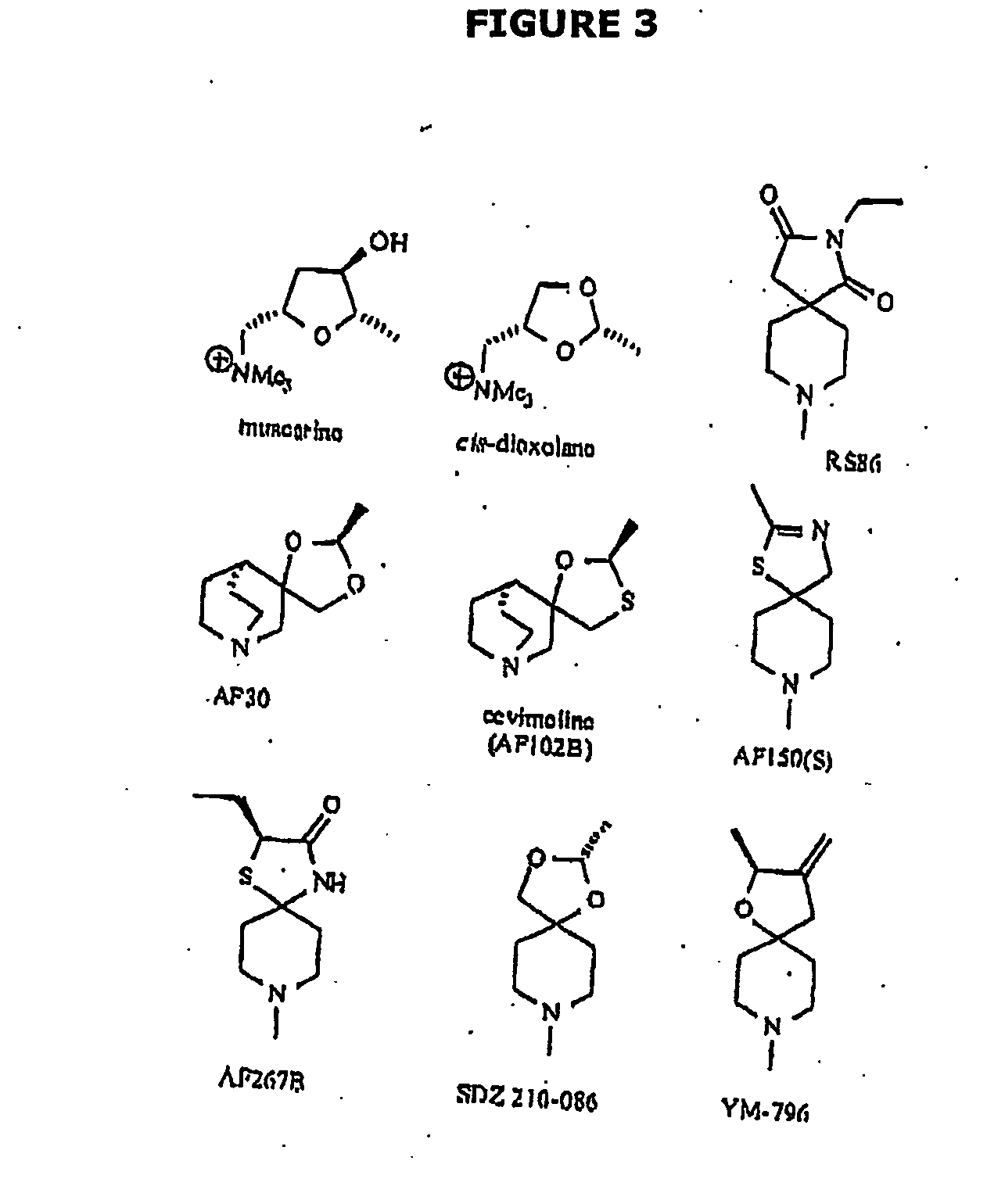Use of drug combinations for treating insulin resistance
a combination drug and insulin resistance technology, applied in the direction of drug compositions, peptide/protein ingredients, metabolic disorders, etc., can solve the problems of postprandial hyperglycemia, impaired glucose disposal effect, and large shifting of glucose from blood to skeletal muscle glycogen stores
- Summary
- Abstract
- Description
- Claims
- Application Information
AI Technical Summary
Benefits of technology
Problems solved by technology
Method used
Image
Examples
example 1
Effect of Bethanechol and N-Acetylcysteine on Insulin Sensitivity in Rats with Insulin Resistance Produced by High Sucrose Feeding
[0101]Animal Groups—Male Sprague Dawley rats having a starting weight of ≧220.0 g (Charles River, St. Constant, Quebec, Canada) were fed a normal rat chow diet and regular tap water, with and without the exposure to a 35% liquid sucrose solution for a 2 week period. Six groups of animals were established under the following treatments: (1) control diet, saline treatment (n=6); (2) control diet, bethanechol (0.5 μg / kg ipv) and N-acetyl-L-cysteine (200 mg / kg) treatment (n=8); (3) control diet, bethanechol (0.5 μg / kg ipv) (n=5); (4) control diet, N-acetyl-L-cysteine (200 mg / kg) (n=4); (5) sucrose diet, saline treatment (n=4); (6) sucrose diet, bethanechol (0.5 μg / kg ipv) and N-acetyl-L-cysteine (200 mg / kg) treatment (n=5); (7) sucrose diet, bethanechol (0.5 μg / kg ipv) (n=6); and (8) sucrose diet, N-acetyl-L-cysteine (200 mg / kg) (n=3).
[0102]Methodology—All an...
example 2
Effect of Bethanechol and Glipizide on Insulin Sensitivity in Rats with Insulin Resistance Produced by High Sucrose Feeding
[0108]The experiment is completed as described in Example 1 with the N-acetylcysteine being replaced with glipizide. The combination therapy is more effective than either bethanechol or glipizide alone for restoring insulin sensitivity in sucrose fed rats.
example 3
Effect of Bethanechtol and Acarbose on Insulin Sensitivity in Rats with Insulin Resistance Produced by High Sucrose Feeding
[0109]The experiment is completed as described in Example 1 with the N-acetylcystelne being replaced with acarbose. The combination therapy is more effective than either bethanechol or acarbose alone for restoring insulin sensitivity in sucrose fed rats.
PUM
| Property | Measurement | Unit |
|---|---|---|
| Composition | aaaaa | aaaaa |
| Electrical resistance | aaaaa | aaaaa |
| Selectivity | aaaaa | aaaaa |
Abstract
Description
Claims
Application Information
 Login to View More
Login to View More - R&D
- Intellectual Property
- Life Sciences
- Materials
- Tech Scout
- Unparalleled Data Quality
- Higher Quality Content
- 60% Fewer Hallucinations
Browse by: Latest US Patents, China's latest patents, Technical Efficacy Thesaurus, Application Domain, Technology Topic, Popular Technical Reports.
© 2025 PatSnap. All rights reserved.Legal|Privacy policy|Modern Slavery Act Transparency Statement|Sitemap|About US| Contact US: help@patsnap.com



